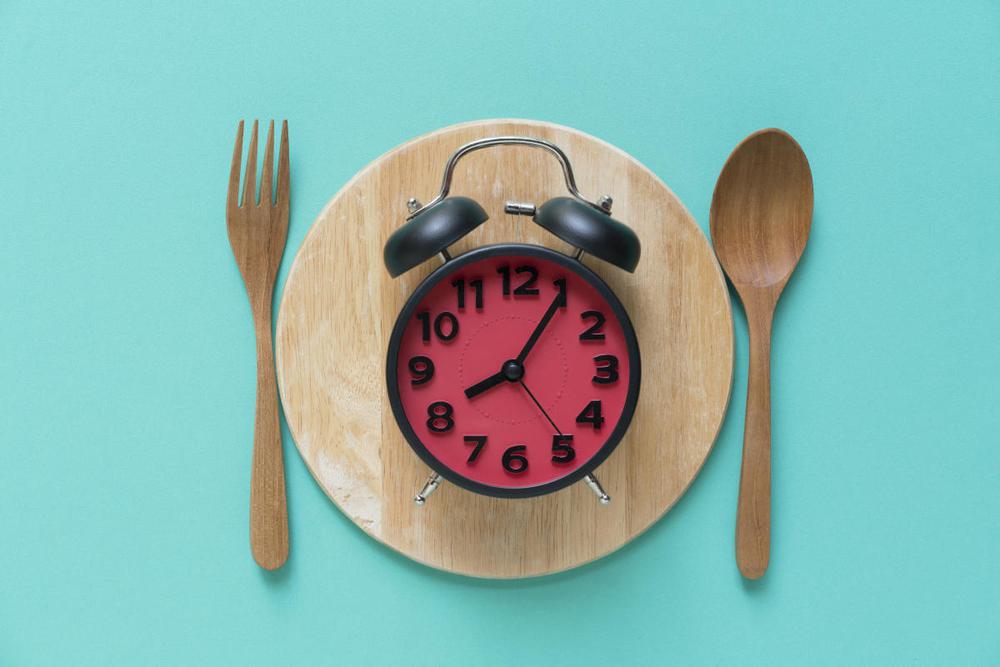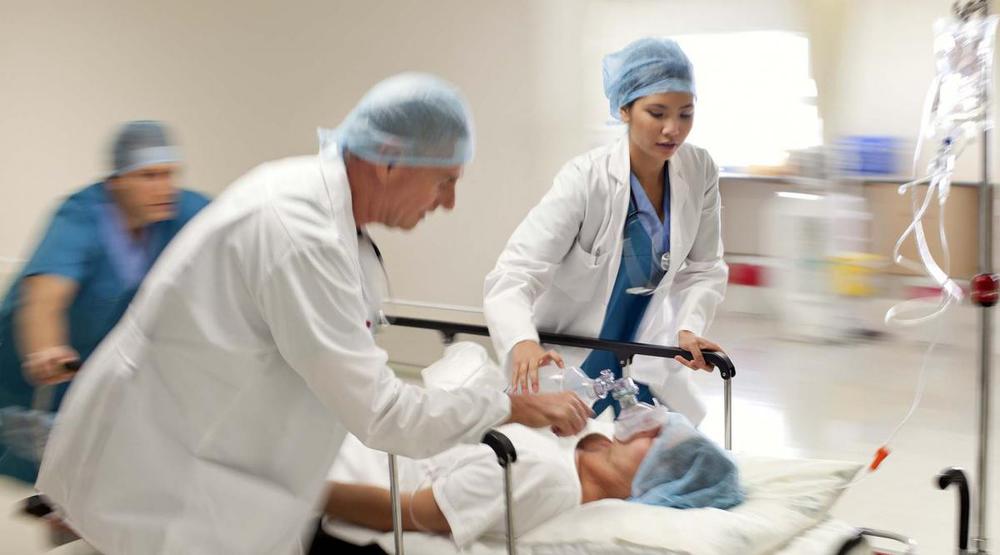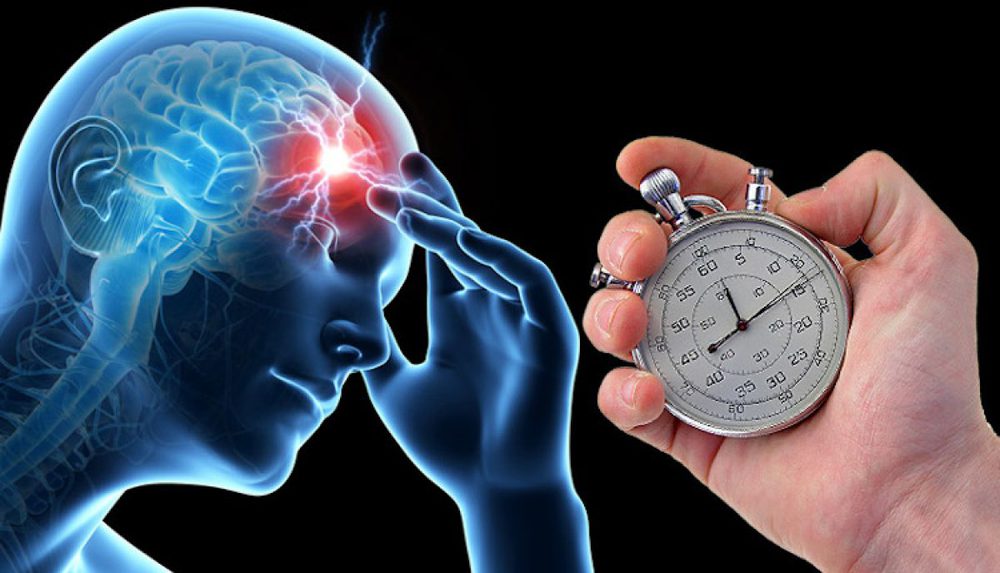Many people have it without knowing the harm
A stroke is also known as a cerebrovascular accident. This is a condition in which the brain is severely damaged due to the brain’s blood supply is interrupted or significantly reduced, causing the brain to lack oxygen and not enough nutrients to nourish the cells. Within minutes, without an adequate blood supply, brain cells will begin to die.
So have you ever wondered what is the culprit that increases the risk of stroke?
The truth is that lifestyle can affect your chances of having a stroke. To reduce your risk of stroke, your doctor may recommend certain lifestyle changes. The good news is that good habits can reduce your risk of stroke. So it’s never too late to change.
Similarly, some bad habits can increase the risk of stroke. And a new study has found that a habit of eating dinner can increase the risk of stroke.
I. New study on dinner habits increase stroke risk
A study just published in the journal Nutrients looked at the link between dinner time and stroke risk, The Sun reports.
Study participants were divided into three groups – an early dinner group (before 8 p.m.), an irregular dinner group, and a late dinner group (after 8 p.m.).

New research looks at the link between dinner time and stroke risk. (Illustration)
The results showed that those who ate dinner at irregular times had a higher risk of dying from a hemorrhagic stroke. (Hemorrhagic stroke occurs when a blood vessel inside the skull bursts and bleeds into the brain.)
In modern society, perhaps having dinner at irregular times is a very common habit. On busy days because of overtime, late dinner is sometimes unavoidable, especially for office workers. However, after this study, perhaps office people who eat erratically will want to change this habit of theirs.
“We found that eating dinner at irregular times was associated with an increased risk of death from hemorrhagic stroke compared with eating dinner before 8 p.m.,” the researchers wrote in the journal Nutrients. .
“To our knowledge, this is the first study to investigate an association between dinner time and the risk of death from cardiovascular disease.”.
“In this large study, after adjusting for risk factors, erratic dinner timing was associated with an increased risk of hemorrhagic stroke death compared with those who dined early.”.
In addition, the researchers found that obesity also increases the risk of stroke.
According to the UK’s National Health Service (NHS), people over 55 are more likely to have a stroke. But in the UK, one in four people having a stroke is under the age of 55, so it’s important to know the signs of a stroke even at a young age.

Timing is very important for someone who has had a stroke. Therefore, it is very important to know the signs of a stroke. (Illustration)
II. Signs of a stroke
The FAST rule – which stands for Face, Arms, Speech, Time – is the easiest way to remember the most common signs of a stroke:
F = Face: If a person has half of their face drooping or paralyzed ask them to smile, if the smile is uneven then you should seek help.
A = Arms: If a person has weak or numb arms, you should ask the person to raise both arms. If an arm falls, they may need help.
S = Speech: If a person has unusual slurred speech, this could be a sign of a stroke.
T = Time: If a person shows these signs, you need to call 911 immediately.

If a person shows signs of a stroke, call 911 immediately. (Illustration)
In addition to the above common signs, there are other signs you need to be on the lookout for:
– Sudden weakness or numbness on one side of the body, including an arm or leg.
– Can not speak clearly in sentences, difficult to find words to express.
Sudden blurred vision or loss of vision in one or both eyes.
– Sudden memory loss or confusion, dizziness or sudden falls.
– Sudden, severe headache.
Calling 911 early is important because a stroke can have long-lasting effects if not treated promptly.
III. 5 factors increase the risk of stroke, according to the US CDC
In addition to irregular dinner times, there are other habits and lifestyles that can increase your risk of stroke.
Here are 5 factors that increase the risk of stroke, as recommended by the Centers for Disease Control and Prevention (CDC).

In addition to irregular dinner times, there are other habits and lifestyles that can increase your risk of stroke. (Illustration)
1. Unhealthy Diet
Diets high in saturated fat, trans fat, and cholesterol have been linked to stroke and related diseases, such as heart disease. In addition, adding too much salt (sodium) in the diet can also increase blood pressure.
2. Lack of physical activity
Lack of physical activity has the potential to lead to diseases that can increase the risk of stroke. These diseases include obesity, high blood pressure, high cholesterol, and diabetes. Regular physical activity can reduce the risk of stroke.
3. Obesity
Obesity is associated with increased levels of “bad” cholesterol, increased levels of triglycerides, and decreased “good” cholesterol. Obesity can also lead to high blood pressure and diabetes.
4. Drinking too much alcohol
Drinking too much alcohol can raise blood pressure and increase your risk of stroke. This habit also increases levels of triglycerides – a form of fat in the blood that can harden arteries.
Women should not drink more than one glass of alcohol per day.
Men should not drink more than two glasses of alcohol per day.
5. Smoking
Smoking increases the risk of stroke. Smoking can damage the heart and blood vessels, increasing the risk of stroke.
The nicotine in cigarettes raises blood pressure, and the carbon monoxide from the smoke reduces the amount of oxygen the blood can transport. Even if you don’t smoke, breathing in other people’s smoke can make you more likely to have a stroke.
IV. Prevention of stroke
You can prevent a stroke by making healthy lifestyle choices and controlling your underlying disease (if you have one).
1. Healthy lifestyle
– Choose healthy foods and drinks
+ Healthy meals can help you prevent stroke. Eat lots of fresh fruits and vegetables.
Eating foods low in saturated fat, trans fat, and cholesterol and eating foods high in fiber can help prevent high cholesterol. Limiting salt (sodium) in the diet can also lower blood pressure. High cholesterol and high blood pressure increase your chances of having a stroke.
– Maintain a reasonable weight
Being overweight or obese increases the risk of stroke. To determine if your weight is within a healthy range, doctors usually calculate your body mass index (BMI), which is calculated as your weight (kg) divided by the square of your height (meters).
– Regular physical activity
Physical activity can help you maintain a healthy weight and lower cholesterol and blood pressure. For adults, doctors recommend 2 hours and 30 minutes of moderate-intensity physical activity each week, such as brisk walking. Children and adolescents should be physically active for 1 hour a day.
– Do not smoke
Smoking significantly increases the risk of stroke. If you don’t smoke, don’t start smoking. If you smoke, quitting will reduce your risk of stroke. Your doctor can suggest ways to help you quit smoking.
– Limit alcohol
Avoid drinking too much alcohol because alcohol can raise your blood pressure. Men should have no more than two drinks per day and women should have no more than one drink per day.

Healthy meals can help prevent stroke. Eat plenty of fresh fruits and vegetables, as recommended by the US CDC. (Illustration)
2. Control underlying disease (if any)
If you have heart disease, high cholesterol, high blood pressure, or diabetes, you may need to take care of your health to reduce your risk of stroke.
– Check cholesterol
You should have your cholesterol checked at least every 5 years. Talk to your doctor about this simple blood test. If you have high cholesterol, medication and lifestyle changes can help reduce your risk of stroke.
– Control blood pressure
High blood pressure often has no symptoms, so be sure to check your blood pressure on a regular basis. Ask your doctor how often you should check your blood pressure. You can check your blood pressure at home, at your doctor’s office, or at a pharmacy.
If you have high blood pressure, your doctor may prescribe medication, recommend some lifestyle changes, or recommend choosing foods that are lower in sodium (salt).
– Control diabetes
If your doctor thinks you have symptoms of diabetes, they may recommend getting tested. If you have diabetes, check your blood sugar regularly.
Your doctor may recommend lifestyle changes, such as being more physically active or choosing healthier foods. These actions will help keep your blood sugar well controlled and help reduce your risk of stroke.
– Treatment of heart disease
If you have heart disease, such as coronary artery disease or atrial fibrillation (irregular heartbeat), your doctors may recommend treatment or surgery. Taking care of heart problems can help prevent strokes.
– Take full medicine
If you take medicine to treat heart disease, high cholesterol, high blood pressure, or diabetes, follow your doctor’s instructions carefully. Always ask questions if you don’t understand something. Never stop taking a medication without first talking to your doctor or pharmacist.
(Source: The Sun, US CDC)
at Blogtuan.info – Source: Kenh14.Vn – Read the original article here



![The official trailer of The Executioner and Her Way of Life [English Sub] 4 The official trailer of The Executioner and Her Way of Life [English Sub]](https://i.ytimg.com/vi/XAjvJgI17Mw/hqdefault.jpg)